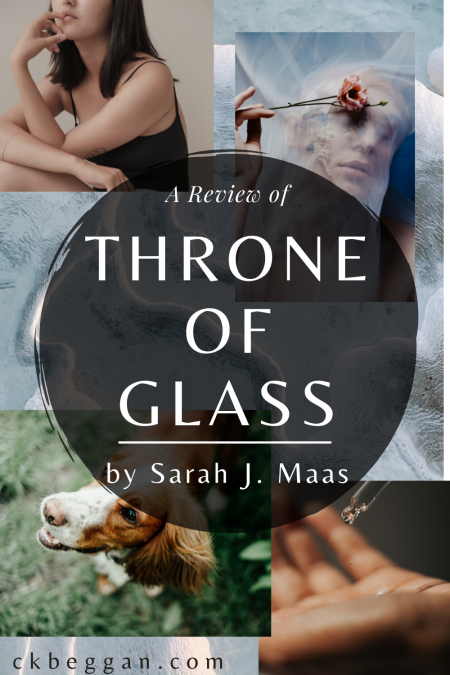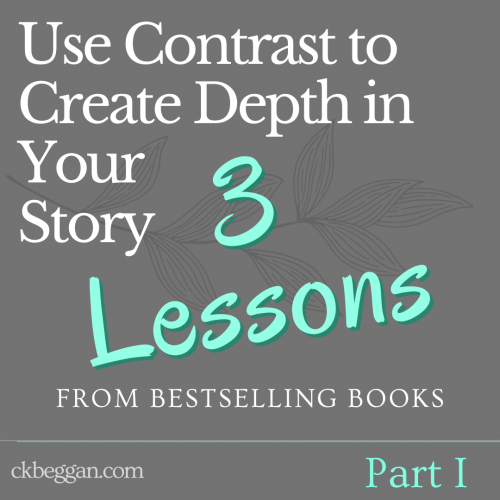
This was not 100% my kind of book…yet I found myself reading it for hours on end!
At 18, Celaena Sardothien is the Queen of the Underworld, the most accomplished assassin in Adarlan and a prisoner at the Endovier death camp. She’s physically weak and scarred—but mentally she’s unbroken. Her mantra is “I will not be afraid.” Yet when the son of the King she hates arrives with an offer to win a place as the King’s Champion, it’s one she can’t refuse. It’s a miracle she’s survived a year in Endovier as it is.
Life at the palace isn’t easy. Celaena is torn about working for the man who cost her everything, but has few alternatives. Surrounded by guards at all times and with the threat of being sent back to Endovier hanging over her, she must face other champions in a series of tests, and there are some very strange markings on the castle grounds. Those markings prove to be Wyrdmarks, symbols with strange properties no one can quite agree on, in a kingdom where magic is outlawed.
Things get trickier still when she meets the ghost of Elena, a long-dead queen of Adarlan. She has a message for Celaena, and naturally it’s a cryptic one.
The early part of the story reads like more traditional fantasy, with a stony protagonist skilled with weapons ready to square off with injustice. It proves far more nuanced than that, thankfully, and conflicted characters abound. Throne of Glass walks the line between multiple fantasy genres, so can appeal to many types of fantasy readers.
Technically, Throne of Glass is impeccably written. Celaena’s story is riveting, too, with a highly skilled assassin who ends up as an underdog because of physical and political circumstances. Though I wasn’t sold on the premise early on, it had an uncanny ability to keep me wondering what happened next.
Since I love monsters and paranormal elements in fantasy, I really got absorbed in the story once Elena entered the picture. The Wyrdmarks are creepy and fascinating, and I am team Chaol all the way. A female protagonist who is notably arrogant, not to mention equal parts skilled and confident (perhaps overconfident, given her uphill battle to return to her old Adarlan’s assassin form…but just a little) was different and refreshing.
This is partly because, strong and unbreakable as she is, Celaena has a softer side, too (she loves books and dogs, after all!). She cries at times and has traumatic memories she can’t allow herself to think about. I felt that she could do anything, but was please that her story involved so many understandable struggles. There were no half-hearted challenges here or hero’s problems that were actually easy to overcome. Celaena is a strong woman who still needed–and could accept–help.
I can see why so many people love this series! There is the promise of more magic (though Wyrdmarks are somehow outside of it) and multiverse involvement, plus those paranormal plotlines. Though I thought the climax to be a bit drawn out, it allowed all Celaena’s strengths and weaknesses to come together. I also wanted to shake her a few times (of course you should figure out where that scent is coming from, Celaena!), but that’s a sign of how deeply invested I was in her story.
I look forward to seeing what Celaena Sardothien will do next, and what (or should that be who?) she’ll turn out to be.
To learn more about this author, visit her website at sarahjmaas.com.
